(NLDO) - The James Webb Space Telescope has just captured one of the most unbelievable images of the galactic world 13.1 billion years ago.
According to SciTech Daily, the object that James Webb just discovered is an ancient galaxy that is forming stars vigorously in the outer regions, located in the middle of the universe just 700 million years after the Big Bang.
This galaxy, called NGC 1549, is " data-gt-translate-attributes="[{" attribute="" tabindex="0" role="link">100 times smaller than the Milky Way galaxy where our Earth resides, but is surprisingly mature for the early stages of the universe.
" data-gt-translate-attributes="[{" attribute="" tabindex="0" role="link">However, the way it is developing is most unusual.
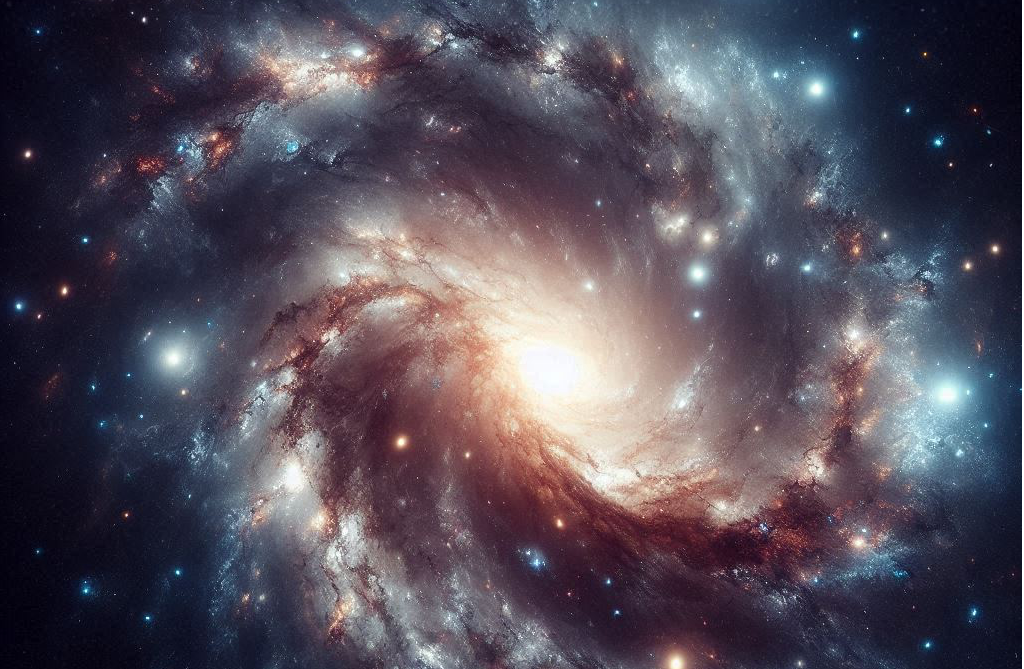
Galaxies in the early universe may have had very different structures and formations than today - Illustration AI: ANH THU
" data-gt-translate-attributes="[{" attribute="" tabindex="0" role="link">According to a research team led by Dr.
" data-gt-translate-attributes="[{" attribute="" tabindex="0" role="link">Just like how a city grows, it is gradually expanding by accelerating star formation in its "suburbs", creating "satellite cities".
It's a completely opposite evolution to today's galaxies, which evolve through two main mechanisms.
One is that they begin when gas clouds collapse under their own gravity, forming very dense stellar cores and possibly black holes, which continually pull in gas and dust to become star-forming material.
As the galaxy grows larger, star formation increases, it gathers momentum and spins faster and faster, forming a spiral or disk shape.
So the main mechanism is still to pull material from the outside in to form stars inside. This is completely opposite to the way to create star-forming regions on the outskirts that NGC 1549 used to grow.
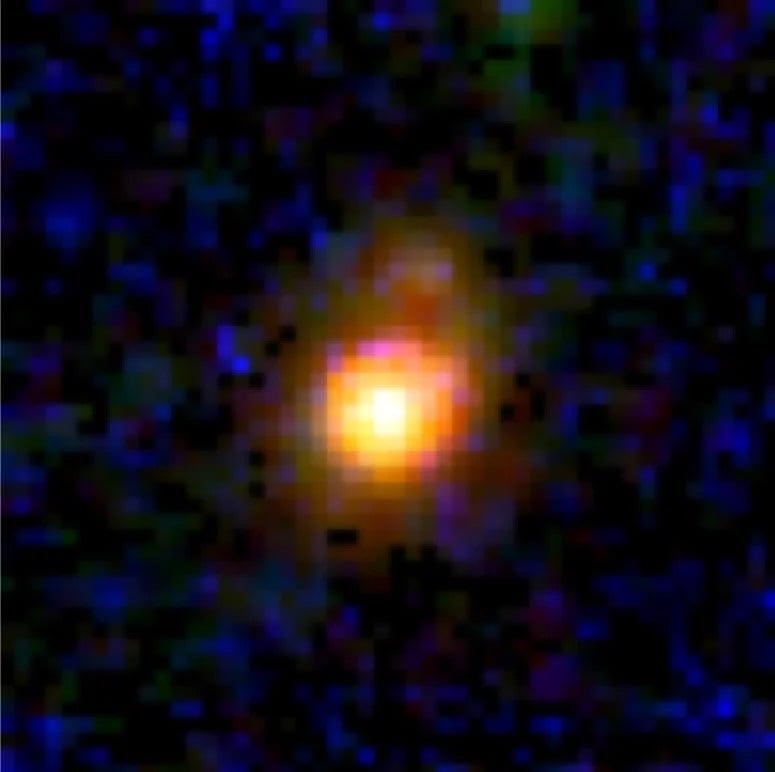
Real image of NGC 1549 - Photo: NASA/ESA/CSA
The second most common way is for galaxies to grow by merging with other galaxies, much like our Milky Way has swallowed about 20 or so "victims" during its lifetime.
According to the authors, star formation in the same way that ancient NGC 1549 did has been discussed in astronomical theories. But this is the first time actual evidence has emerged.
In addition, NGC 1549 exhibits many other very interesting features.
NGC 1549 doubles its stellar mass in the outer regions about every 10 million years. That's a staggering rate. For comparison, our Milky Way galaxy only doubles its mass every 10 billion years.
The density of the galaxy's core, as well as its high star formation rate, suggests that at the time of observation this young galaxy was rich in the gas needed to form new stars.
This may say a lot about the early cosmic environment in which it was born and existed when James Webb captured it.
Scientists say they are still trying to find more galaxies "in the same age" as this ancient object to find out if other galaxies formed in the same "unusual" way.
Source: https://nld.com.vn/lo-dien-thien-ha-xuyen-khong-tu-noi-vu-tru-bat-dau-196241014093040309.htm


![[Photo] Hundred-year-old pine trees – an attractive destination for tourists in Gia Lai](https://vstatic.vietnam.vn/vietnam/resource/IMAGE/2025/4/17/25a0b7b629294f3f89350e263863d6a3)
![[Photo] Prime Minister Pham Minh Chinh and Ethiopian Prime Minister visit Tran Quoc Pagoda](https://vstatic.vietnam.vn/vietnam/resource/IMAGE/2025/4/17/18ba6e1e73f94a618f5b5e9c1bd364a8)
![[Photo] President Luong Cuong receives UN Deputy Secretary General Amina J.Mohammed](https://vstatic.vietnam.vn/vietnam/resource/IMAGE/2025/4/17/72781800ee294eeb8df59db53e80159f)
![[Photo] Warm meeting between the two First Ladies of the Prime Ministers of Vietnam and Ethiopia with visually impaired students of Nguyen Dinh Chieu School](https://vstatic.vietnam.vn/vietnam/resource/IMAGE/2025/4/17/b1a43ba73eb94fea89034e458154f7ae)
![[Photo] President Luong Cuong receives Kenyan Defense Minister Soipan Tuya](https://vstatic.vietnam.vn/vietnam/resource/IMAGE/2025/4/17/0e7a5185e8144d73af91e67e03567f41)
![[Photo] Welcoming ceremony for Chinese Defense Minister and delegation for friendship exchange](https://vstatic.vietnam.vn/vietnam/resource/IMAGE/2025/4/17/fadd533046594e5cacbb28de4c4d5655)
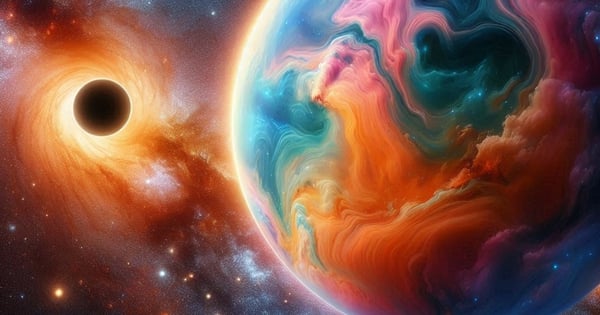
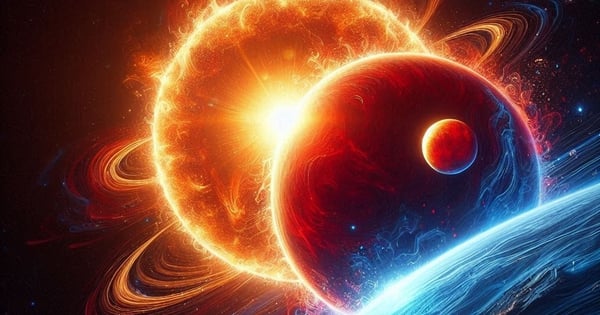
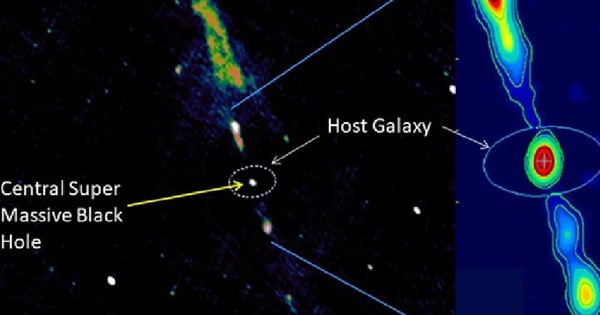
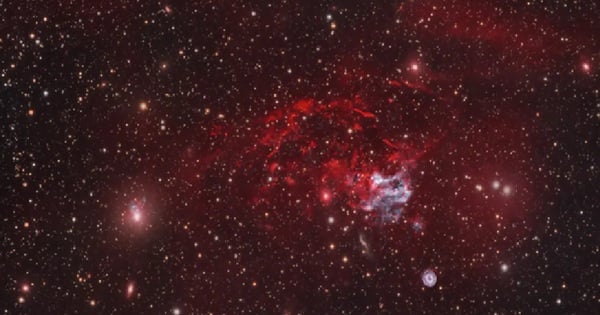

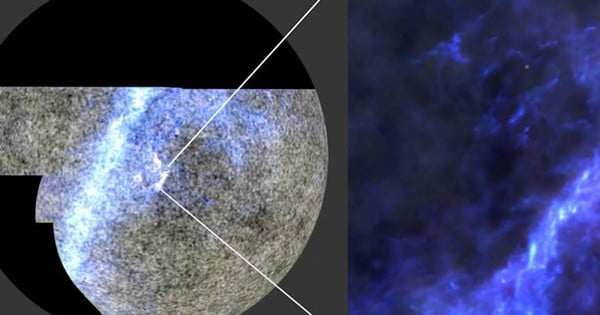
![[Video] For the first time, businesses are not limited in spending from the Science and Technology Fund](https://vstatic.vietnam.vn/vietnam/resource/IMAGE/2025/4/17/c4916ce9668149c1ad4cfa0f81a084ec)



![[Video] Promoting innovative startups in green transformation](https://vstatic.vietnam.vn/vietnam/resource/IMAGE/2025/4/17/76505a79acdb42d085371257649bbdb6)
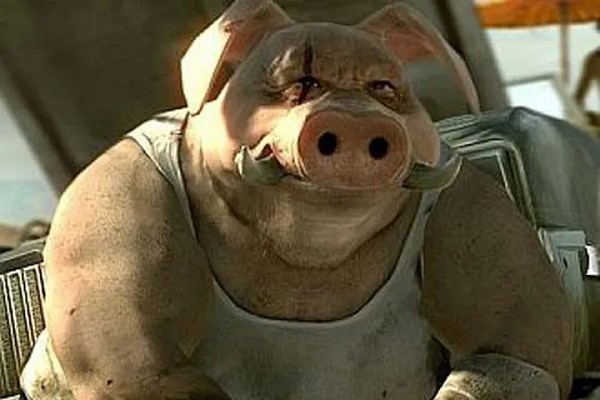










![[Photo] President Luong Cuong receives Lao Prime Minister Sonexay Siphandone](https://vstatic.vietnam.vn/vietnam/resource/IMAGE/2025/4/17/337e313bae4b4961890fdf834d3fcdd5)




























![[Video] Viettel officially puts into operation the largest submarine optical cable line in Vietnam](https://vstatic.vietnam.vn/vietnam/resource/IMAGE/2025/4/17/f19008c6010c4a538cc422cb791ca0a1)

















![[Video]. Armed forces join hands to eliminate temporary and dilapidated houses.](https://vstatic.vietnam.vn/vietnam/resource/IMAGE/2025/4/17/fc79d9a121d44e99bb50022c596cd75b)




















Comment (0)